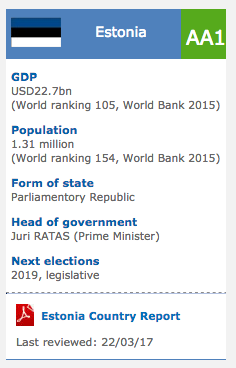Serbia: Serbia Art / Culture Profile 2012
2012/03/30
Serbia Art / Culture Profile 2012
Serbia is one of Europe's most culturally diverse countries. The borders between large empires ran through the territory of today's Serbia for long periods in history: between the Eastern and Western halves of the Roman Empire; between Kingdom of Hungary, Bulgarian Empire, Frankish Kingdom and Byzantium; and between the Ottoman Empire and the Austrian Empire (later Austria-Hungary). As a result, while the north is culturally "Central European", the south is rather more "Oriental". Of course, both regions have influenced each other, and so the distinction between north and south is artificial to some extent.
The Byzantine Empire's influence on Serbia was perhaps the greatest. Serbs are Orthodox Christians with their own national church—the Serbian Orthodox Church. They use both the Cyrillic and Latin alphabets, as a result of both Eastern and Western influences. The monasteries of Serbia, built largely in the Middle Ages, are one of the most valuable and visible traces of medieval Serbia's association with the Byzantium and the Orthodox World, but also with the Romanic (Western) Europe that Serbia had close ties with back in Middle Ages. Most of Serbia's queens still remembered today in Serbian history were of foreign origin, including Hélène d'Anjou (a cousin of Charles I of Sicily), Anna Dondolo (daughter of the Doge of Venice, Enrico Dandolo), Catherine of Hungary, and Symonide of Byzantium.
Serbia has eight cultural sites marked on the UNESCO World Heritage list: Stari Ras and Sopoćani monasteries (included in 1979), Studenica Monastery (1986), the Medieval Serbian Monastic Complex in Kosovo, comprising: Dečani Monastery, Our Lady of Ljeviš, Gračanica and Patriarchate of Pec- (2004, put on the endangered list in 2006), and Gamzigrad - Romuliana, Palace of Galerius, added in 2007. Likewise, there are 2 literary memorials added on the UNESCO's list as a part of the Memory of the World Programme: Miroslav Gospels, handwriting from the 12th century (added in 2005), and Nikola Tesla's archive (2003)
- Serbia News
-
- AFGHANISTAN: UNWTO: International tourism – strongest half-year results since 2010
- ALBANIA: US LNG exports make European market more competitive
- HUNGARY: Hungarian Border ‘Smart Fence’ Violates Rights
- CHINA: SERBIA TAKES INITIATIVE TO FURTHER AMBITIONS
- CHINA: China, Serbia vow to solidify friendship, cooperation
- AFGHANISTAN: Higher earning Why a university degree is worth more in some countries than others
- Trending Articles
-
- SOUTH AFRICA: Nigeria and South Africa emerge from recession
- AUSTRALIA: Western Australia joins two-thirds of country to ban fracking
- BAHRAIN: Bahrain issues new rules to encourage fintech growth
- BAHRAIN: Aluminium Bahrain’s Line 6 Expansion Achieves 25 Percent Completion
- CHINA: Chinese-supported infrastructure projects change Zambia's landscape
- NIGERIA: The Security and Exchange Commission approves the 40th Annual General Meeting of Oando PLC














